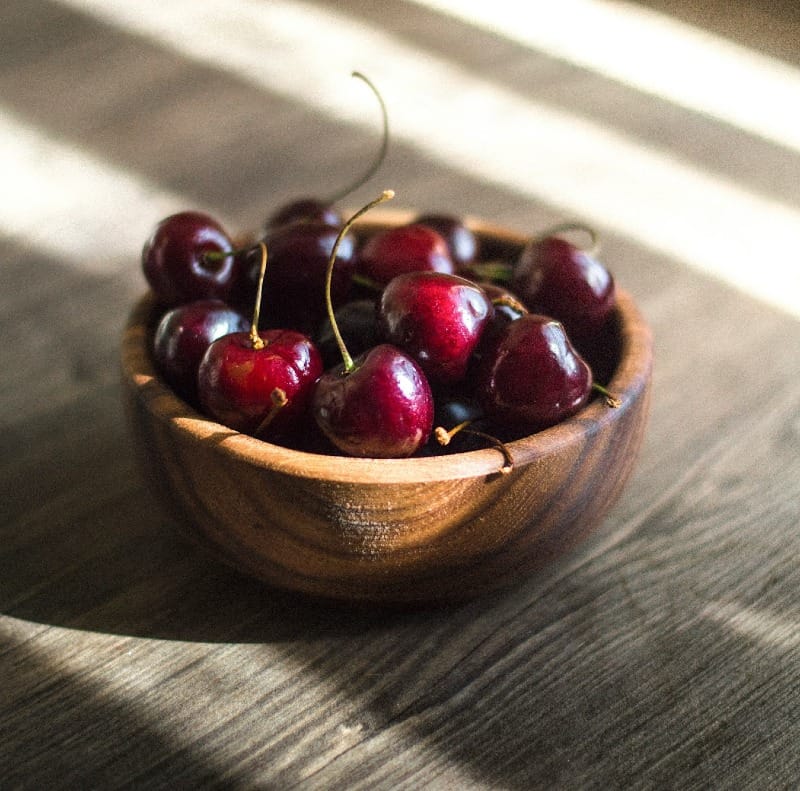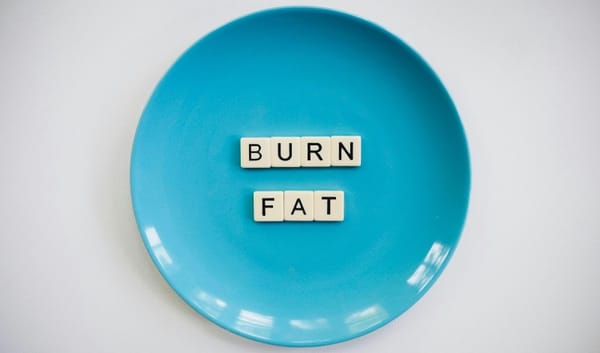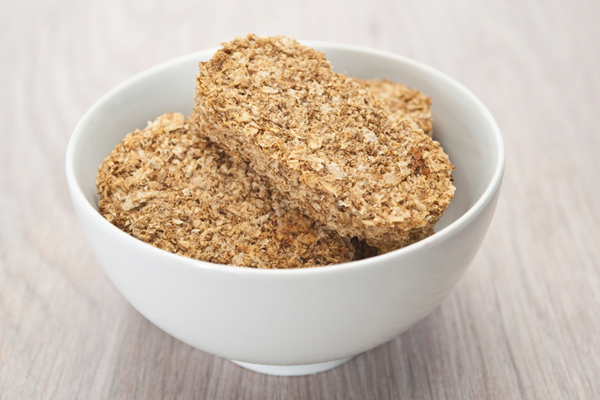Cherries are a beloved summer fruit, bursting with sweet flavor and packed with nutrients. But hidden within these juicy morsels lies a potential danger that many people overlook. While the fleshy part of the cherry is safe and nutritious, there's one component that you should always avoid consuming. In this article, we'll explore the part of a cherry you shouldn't eat and why it's crucial to be aware of this often-overlooked hazard.
Key takeaways:
• Cherry pits contain amygdalin, which can convert to cyanide in the body
• Accidentally swallowing whole pits is generally not dangerous
• Chewing or crushing cherry pits can release toxic compounds
• Children are at higher risk of cherry pit-related health issues
• Proper disposal and education are key to preventing accidental ingestion
The hidden danger in cherry pits
Cherry pits, also known as stones, contain a compound called amygdalin. When the pit is crushed or chewed, this compound can be converted into hydrogen cyanide in the body[1]. Cyanide is a potent toxin that interferes with cellular respiration, potentially leading to serious health consequences.
Dr. Sarah Johnson, a toxicologist at the University of California, explains: "While the flesh of cherries is perfectly safe to eat, the pits pose a potential risk if consumed in large quantities or if they're chewed or crushed. It's important for people to be aware of this danger, especially when it comes to children who might be tempted to chew on the pits."
Understanding the risks
The severity of the risk depends on several factors, including the type of cherry and the amount consumed. According to a study published in the Journal of Agricultural and Food Chemistry, different cherry varieties contain varying levels of amygdalin in their pits[2]:
• Red cherry pits: 3.9 mg of amygdalin per gram
• Black cherry pits: 2.7 mg of amygdalin per gram
• Morello cherry pits: 65 mg of amygdalin per gram
While accidentally swallowing a whole cherry pit is unlikely to cause harm, chewing or crushing multiple pits can potentially lead to cyanide toxicity. Symptoms of cyanide poisoning may include:
• Headache
• Dizziness
• Confusion
• Difficulty breathing
• Nausea and vomiting
• Rapid heart rate
• Seizures
In severe cases, cyanide poisoning can be life-threatening and require immediate medical attention.
Children and cherry pits: A particular concern
Young children are at higher risk when it comes to cherry pit-related health issues. Their natural curiosity and tendency to put things in their mouths make them more likely to chew on or swallow cherry pits. Additionally, their smaller body size means that even a relatively small amount of cyanide can have more severe effects.
Dr. Emily Chen, a pediatrician at Boston Children's Hospital, advises: "Parents should be vigilant when giving cherries to young children. Always remove the pits before serving, and teach older children to spit them out. It's also important to dispose of pits properly to prevent accidental ingestion."
Beyond toxicity: Other risks of cherry pits
While the potential for cyanide toxicity is the primary concern, cherry pits can pose other risks as well:
- Choking hazard: The size and shape of cherry pits make them a potential choking hazard, especially for young children.
- Intestinal blockage: In rare cases, swallowing multiple cherry pits can lead to intestinal obstruction, particularly in individuals with pre-existing digestive issues[3].
- Dental damage: Biting down on a hard cherry pit can potentially crack or chip a tooth.
Safe cherry consumption practices
To enjoy cherries safely, follow these guidelines:
• Always remove pits before serving cherries to children
• Teach children to spit out cherry pits and not to chew on them
• Use a cherry pitter to easily remove pits when preparing cherries for recipes
• Dispose of cherry pits properly, keeping them out of reach of children and pets
• If you accidentally swallow a whole pit, don't panic – it will likely pass through your system without issue
The silver lining: Potential benefits of cherry pits
While it's crucial to avoid consuming cherry pits, researchers are exploring potential uses for the compounds found within them. Some studies suggest that extracts from cherry pits may have antioxidant and anti-inflammatory properties[4]. However, it's important to note that these potential benefits are still being researched, and you should never attempt to extract or consume these compounds at home.
Conclusion:
While cherries are a delicious and nutritious fruit, it's essential to be aware of the potential dangers lurking in their pits. By understanding the risks and following safe consumption practices, you can enjoy cherries without worry. Remember, the part of a cherry you shouldn't eat – the pit – may be small, but its potential impact on health is significant. Stay informed, stay safe, and savor those juicy cherries responsibly! 🍒
Want to learn more about the hidden dangers in common foods? Sign up for our newsletter to receive the latest health and nutrition insights delivered straight to your inbox.
References:
- Bolarinwa, I. F., Orfila, C., & Morgan, M. R. (2014). Amygdalin content of seeds, kernels and food products commercially-available in the UK. Food Chemistry, 152, 133-139. https://doi.org/10.1016/j.foodchem.2013.11.002
- Voldřich, M., Kyzlink, V., & Kalač, P. (1982). Amygdalin content and β-glucosidase activity in stone fruits. Food Chemistry, 9(3), 209-216. https://doi.org/10.1016/0308-8146(82)90073-6
- Atli, M., Erikci, V. S., Örnek, A., Çetinkurşun, S., & Hoşgör, M. (2011). Bezoars in children: single center experience. Pediatric Surgery International, 27(4), 391-395. https://doi.org/10.1007/s00383-010-2814-z
- Bak, I., Lekli, I., Juhasz, B., Varga, E., Varga, B., Gesztelyi, R., ... & Tosaki, A. (2010). Isolation and analysis of bioactive constituents of sour cherry (Prunus cerasus) seed kernel: an emerging functional food. Journal of Medicinal Food, 13(4), 905-910. https://doi.org/10.1089/jmf.2009.0185














Member discussion